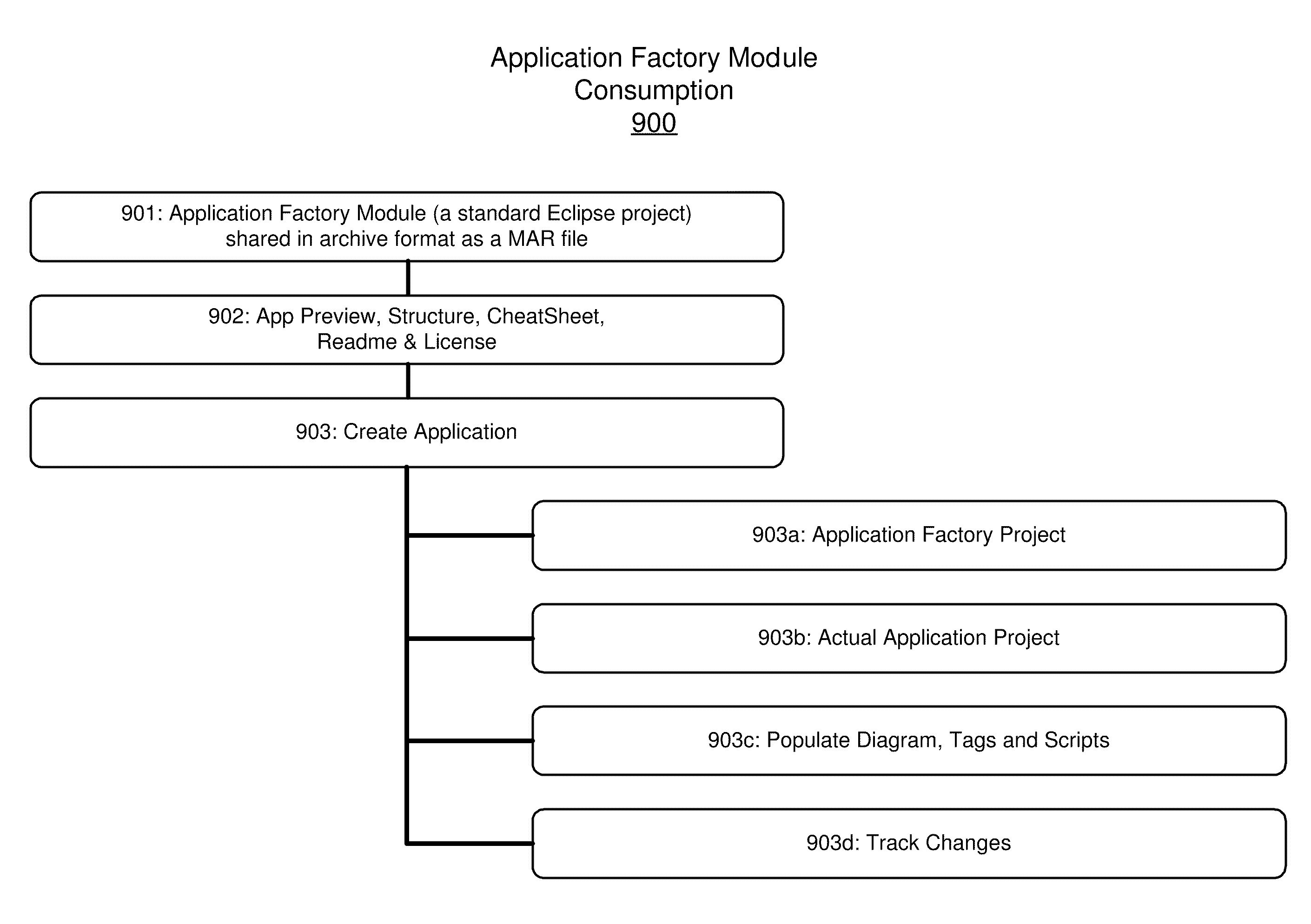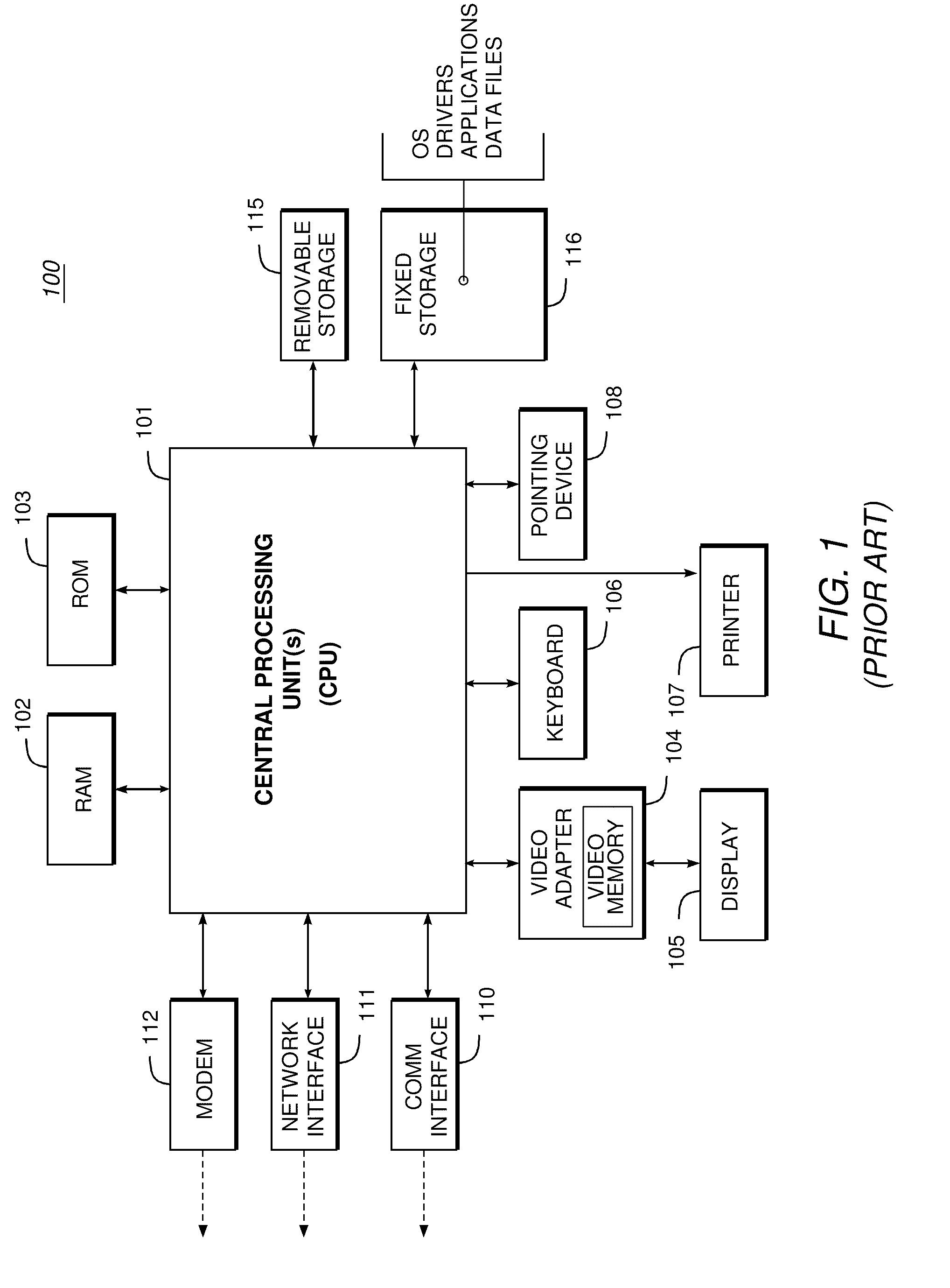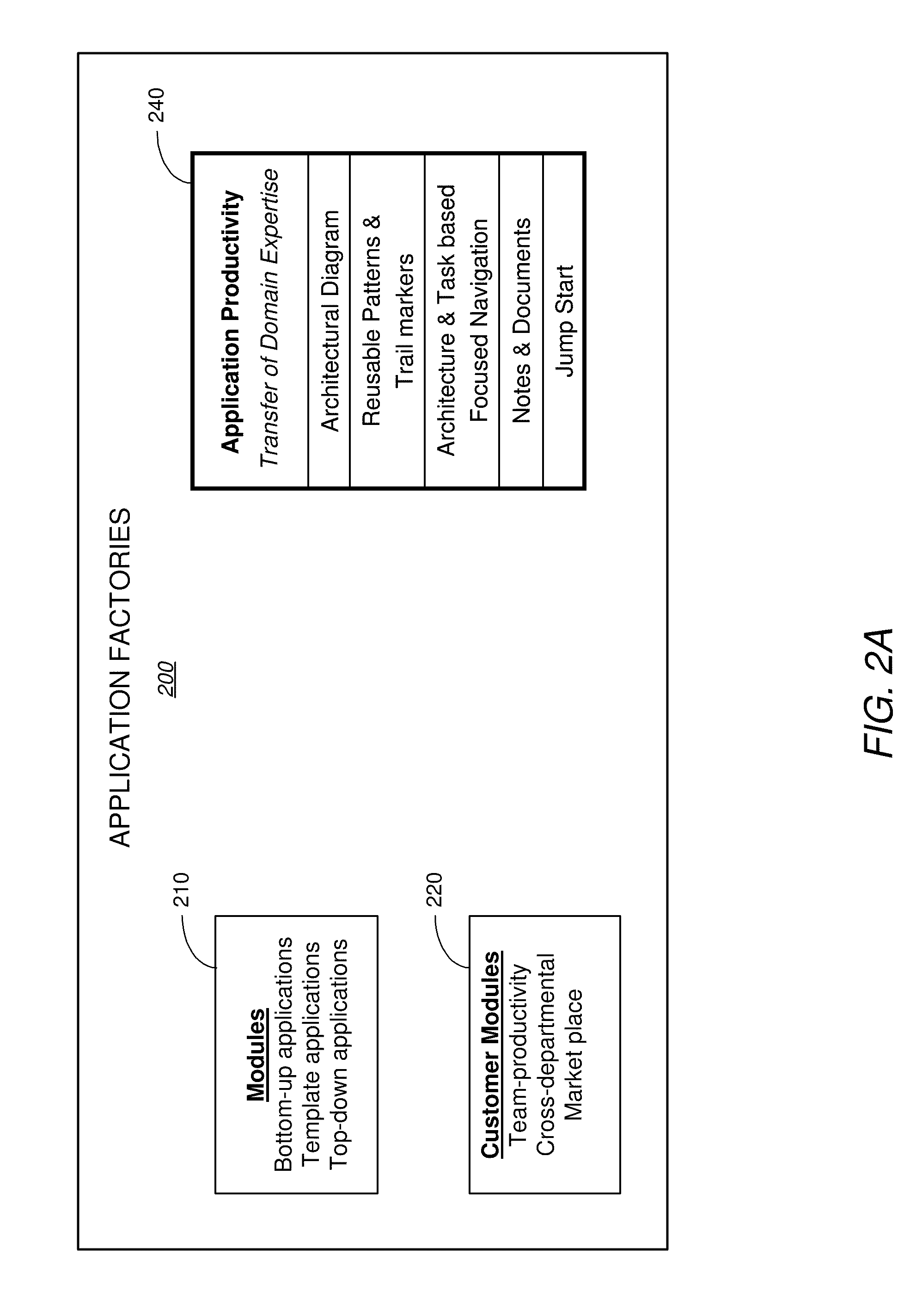Development system with improved methodology for creation and reuse of software assets
a software asset and development system technology, applied in the field of computer program creation, can solve the problems of wasting resources, unable to reuse the developer's knowledge, and unable to create large sections of new source code, and achieve the effect of facilitating the creation of a reusable version of the application
- Summary
- Abstract
- Description
- Claims
- Application Information
AI Technical Summary
Benefits of technology
Problems solved by technology
Method used
Image
Examples
example
Application
[0107]FIGS. 7A-T present a series of bitmap screenshots illustrating, from start to finish, use of Application Factories to create a reusable sample (“Welcome”) application. FIG. 7A is a bitmap screen shot illustrating UI workspace 700 populated with an initial project, the “Welcome” Project 701, which is a simple sample application that displays a window. The goal is to create something that is reusable, but when it is reused it should be customizable. At this initial point, the user invokes the Application Factory project wizard 710. As shown in this example, the user selects (ticks) the “Open skeleton readme file” and “Open skeleton cheatsheet file” options. Upon the user selecting the wizard's “Finish” button the workspace 700 creates a new Application Factory, including with a skeleton readme file (FIG. 7B) and skeleton cheat sheet (FIG. 7C). Now, the user may create structure for the application by adding Tags in the Tag View 720, as shown in FIG. 7D. In this exampl...
PUM
 Login to View More
Login to View More Abstract
Description
Claims
Application Information
 Login to View More
Login to View More - R&D
- Intellectual Property
- Life Sciences
- Materials
- Tech Scout
- Unparalleled Data Quality
- Higher Quality Content
- 60% Fewer Hallucinations
Browse by: Latest US Patents, China's latest patents, Technical Efficacy Thesaurus, Application Domain, Technology Topic, Popular Technical Reports.
© 2025 PatSnap. All rights reserved.Legal|Privacy policy|Modern Slavery Act Transparency Statement|Sitemap|About US| Contact US: help@patsnap.com



